Using Sources
It is important to use a wide range of sources such as pictures, artefacts, music and sights. Children will use these to build up their enquiry thought and processes and to build up their understanding of past.
Sort by:
Date (Newest first) | Title A-Z
Show:
All |
Articles |
Podcasts |
Multipage Articles
-

Oral history - a source of evidence for the primary classroom
ArticleClick to view -

'Doing Local History' through maps and drama
ArticleClick to view -
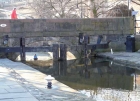
History in the Urban Environment
ArticleClick to view -
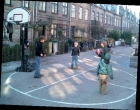
Learning what a place does and what we do for it
ArticleClick to view -

Hearts, Hamsters and Historic Education
ArticleClick to view -
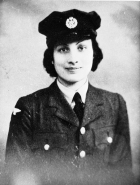
Cross Curricular Project on a famous person
ArticleClick to view -

Pride in place: What does historical geographical and social understanding look like?
ArticleClick to view -
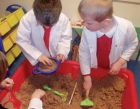
Archaeology and the Early Years: The Noah's Ark Experience
ArticleClick to view -
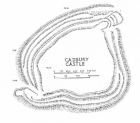
Case Study: Working with gifted and talented children at an Iron Age hill fort in north Somerset
ArticleClick to view -
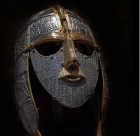
Case Study: Classroom archaeology. Sutton Hoo, or the mystery of the empty grave
ArticleClick to view -

Children's thinking in archaeology
ArticleClick to view -

Using feature films as a means of enhancing history teaching in the primary school
ArticleClick to view -

In my view: Using Pictures
ArticleClick to view -
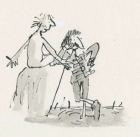
History and Illustration: Quentin Blake
ArticleClick to view -

Think Bubble 49: Frozen moments
ArticleClick to view -
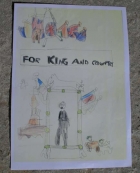
Case Study: Investigating a picture in Key Stage 1
ArticleClick to view -

A Beginner's Guide to using visual image in primary schools
ArticleClick to view -
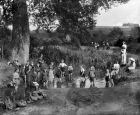
Teaching history through photographs in the internet and digital age
ArticleClick to view -
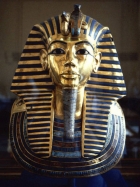
Case Study: Children's questions about historical pictures
ArticleClick to view -
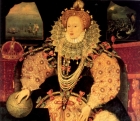
Visual Literacy: Learning through pictures and images
ArticleClick to view

